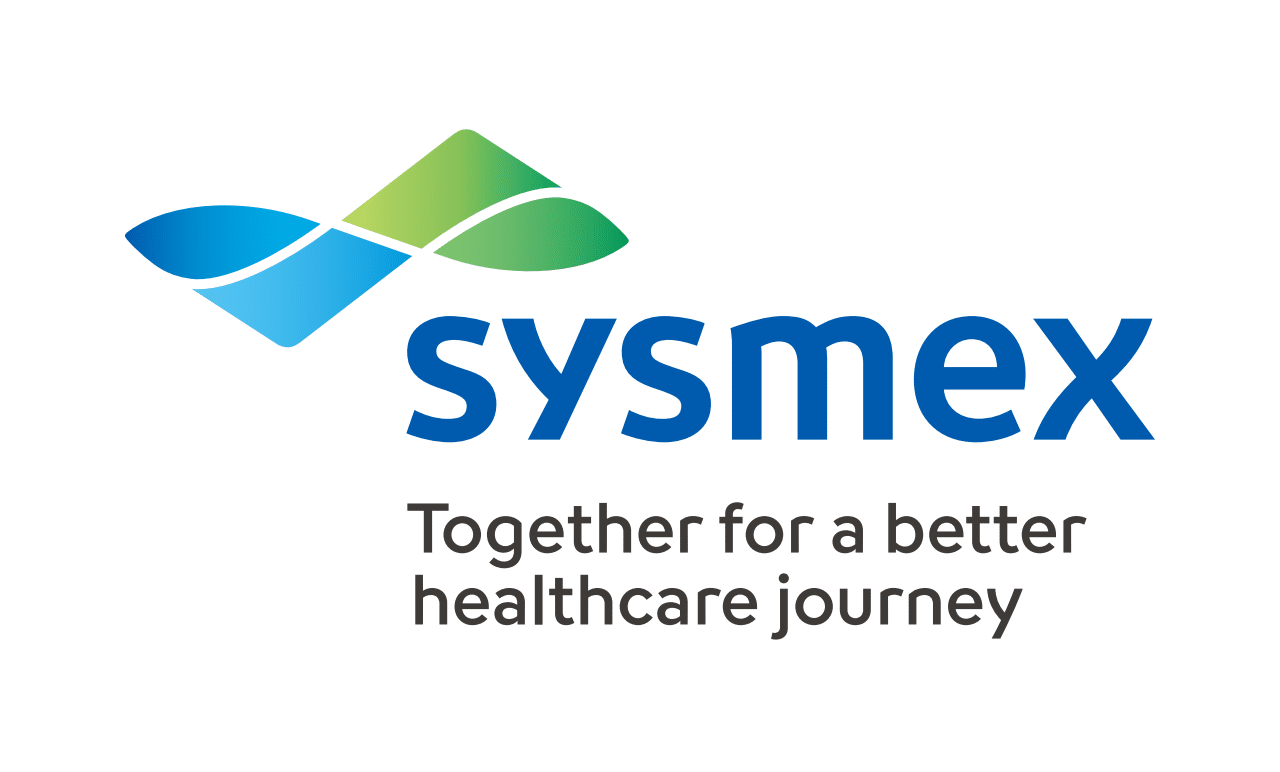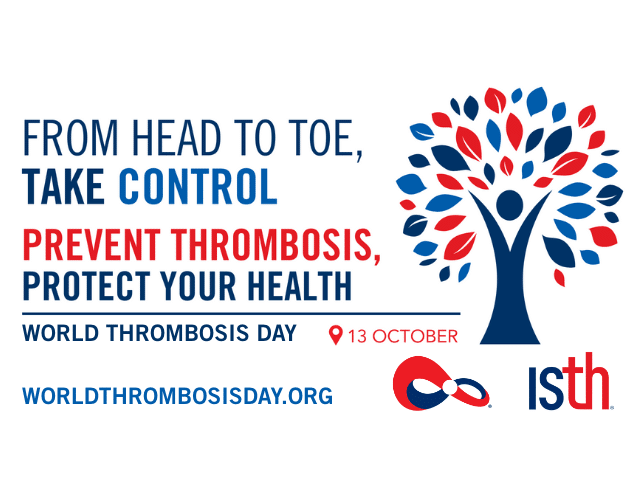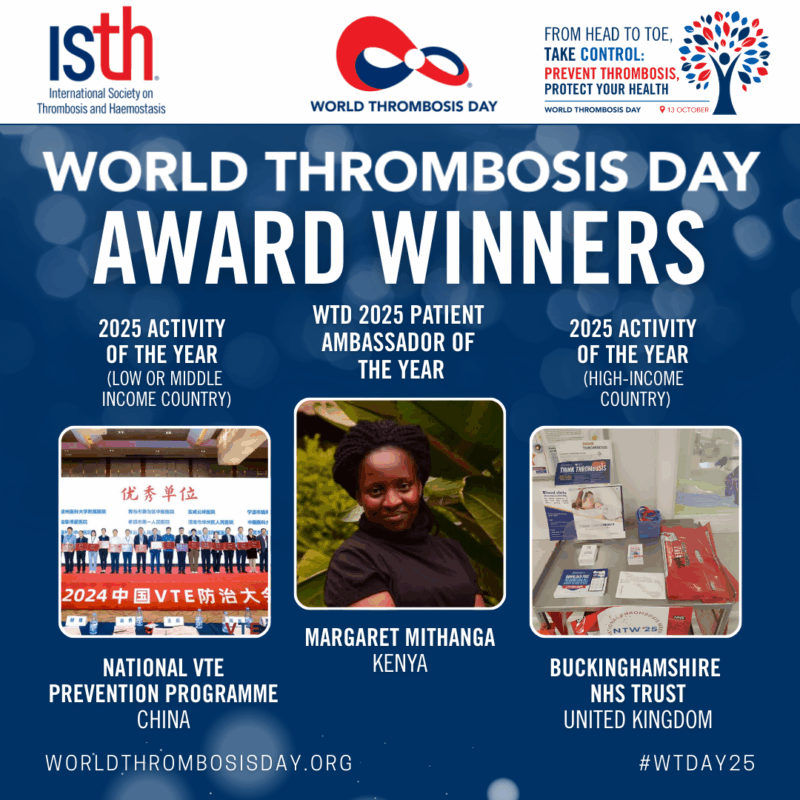WTD 2020 Webinar Q&A: Expert Answers
November 12, 2020
World Thrombosis Day (WTD) 2020 Webinar
Co-hosted by the International Society on Thrombosis and Haemostasis (ISTH) and the Centers for Disease Control and Prevention (CDC)
Questions from Webinar Participants
Special thanks to Prof. Beverley Hunt, OBE, for providing the answers below to our webinar participants’ questions. The responses below were provided in November 2020.
Questions on COVID-19 and Thrombosis
1. Is having a history of VTE/PE a risk factor for developing severe COVID-19?
So far there is no evidence of this whatsoever. The risk factors for severe COVID-19 (COVID-19 pneumonia requiring mechanical ventilation) relate to increasing age, being male, obesity, diabetes, cardiovascular risk factors and immunosuppression.
2. Is there any value in increasing the dosing of anticoagulants in COVID-19 patients according to their clinical status? Should patients ending in ICU receive higher doses?
As I write this in November 2020, we don’t know. We are hospitalizing those with COVID-19 pneumonia requiring supplementary oxygen, and these are the patients with prothrombotic states. We are awaiting results of clinical trials looking at the efficacy and safety of increasing doses of thromboprophylaxis in hospitalized patients. Most hospitals are using standard doses of LMWHs (low molecular weight heparins) for ward patients and then standard or intermediate doses in those on critical care (being ventilated).
3. Does someone that has APS have an increased risk of contracting COVID-19, since antiphospholipid antibodies are seen in cases where patients have COVID Pneumonia?
The antiphospholipid antibodies seen in COVID-19 patients seem to be transient as we find in many patients with infections. Those with APS do not have increased risk of contracting COVID-19 from current data, and it is not logical to consider they do because they are not immunosuppressed.
4. Does an increased dose of prophylactic anticoagulation improve the patient outcome (morbidly and mortality)?
This is unknown. We are awaiting results of clinical trials to assess whether higher doses reduce VTE rates further and importantly that they are safe, i.e., do not increase bleeding.
5. What is the role of DOACs in the acute care of hospitalized COVID19 patients?
There is no recognized licensed role for DOACs in acutely ill COVID-19 patients outside of their licensed role in the acute treatment of VTE or use in extended thromboprophylaxis in the USA where they are licensed for this use. Some are using DOACS for patients post-discharge and there are trials of DOACs post-discharge actively going forward
6. What is the standard of care for anticoagulation in COVID-19 patients who are positive for antiphospholipid antibodies (aPL)?
Unfortunately, with a new disease there is no standard of care until we have conducted good clinical studies to assess different treatment. We need to remember that the prothrombotic state seen with COVID-19 only occurs in those with COVID-19 pneumonia, i.e., only a small minority that are hospitalized to manage their pneumonia. I have had many patients with aPL and APS who have had COVID-19 but only mildly, noone as yet has developed COVID-19 pneumonia and none have had thromboses during the course of their illness. Advice should be to continue anticoagulation if they are already taking it.
7. If someone is allergic to steroids, but has a history of blood clots, what would be a good anti-inflammatory treatment for those patients?
I know of noone allergic to steroids. There is no proven alternative to steroids in reducing mortality in those with COVID-19 pneumonia
8. In COVID-19 positive patients with hypertension and diabetic nephropathy, would it be prudent to give them anti-thrombotic prophylaxis even without pneumonia?
No, not at present. The prothrombotic state only comes with the pneumonia.
9. Can you compare the coagulopathy rates to those in general ward versus ICU patients?
Sorry I don’t know of any such data, and it would be useful to publish it if you have it.
10. Have you noticed greater occurrence of HIT (Heparin induced thrombocytopenia) in connection to the greater use of heparin to prevent VTE?
No. HIT is very rare in those receiving it, so this would be hard to measure an increase in HIT rates without involving thousands of patients in the research.
11. Should COVID-19 positive patients undergoing dialysis be given anti-thrombotic prophylaxis?
Yes, if they have COVID-19 pneumonia, which is associated with the prothrombotic state. They may also need increased anticoagulation during dialysis; otherwise, they will clog up the circuits with clots. Most units are using bigger doses of heparin than normal in the dialysis circuits.
12. Does having Factor V increase risks of getting blood clots if diagnosed with COVID-19?
I presume this is a question related to the presence of Factor V Leiden? If so, there is no evidence thromboembolism is increased in this group when they acquire COVID-19. National and international guidelines ask for all patients with COVID-19 pneumonia to receive thromboprophylaxis
13. What is the recommended duration of thrombosis prevention after hospital discharge of patients with COVID-19 pneumonia?
It is unknown. Retrospective data from King’s College Hospital in London suggests the rate of venous thromboembolism post discharge after admission with COVID-19 pneumonia is no different from the previous year’s medical patients. Further data is required from RCTs. Some are giving 2 or 4 weeks thromboprophylaxis post discharge in “high risk” immobile patients. We need results of clinical trials.
14. Do you consider platelet aggregation an important laboratory tool to monitor COVID-19 patients?
No, this is an expensive and time-consuming assay does not provide any information to guide treatment. For there is no evidence that giving antiplatelet agents is helpful in improving outcome in COVID-19 pneumonia and trials are currently investigating this issue.
15. What is the risk of bleeding during the high-risk period of hospitalization due to the anticoagulant treatment? Any interest in using viscoelastic tests for monitoring?
There is little published data on bleeding in patients receiving enhanced thromboprophylaxis and this would be very helpful. Viscoelastic monitoring shows the prothrombotic state but there is no validated evidence that altering the individual prothrombotic state seen on viscoelastic testing will improve outcome in a patient. We need clinical trials.
16. What other factors would you postulate other than D-dimer with importance to contribution in coagulopathy by Covid-19? What can we conclude on prognosis in patients with COVID-19 coagulopathy from d-dimer levels?
D-dimers are elevated to a similar level in those with COVID-19 pneumonias as they are in other viral pneumonias. Their levels are related to prognosis and this may be because some of the D-dimers are overspill from fibrinolysis within the lung tissues related to breakdown of extravascular fibrin, which is a hallmark of acute respiratory distress syndrome, The coagulopathy is also characterized by elevated acute phase coagulation proteins, i.e., increased ++ fibrinogen, Factor VIII, von Willebrand factor, etc. Platelets are hyperaggregable and NETOSIS is switched on.
17. Which one do you recommend between IMPROVE score and Padua score to assess the risk of VTE in patient with COVID-19? No difference?
No studies comparing the two. As international and national guidance ask that all hospitalized patients with COVID-19 pneumonia needs thromboprophylaxis, there is little logic in risk assessing for thrombosis but there is a need to assess for bleeding risk.
Questions on Women’s Health
1. I get questions from patients if they should hold off on planning pregnancy in COVID -19 pandemic. How do you address this question for your patients?
I personally think it is not a medical professional’s job to provide advice about whether a couple should plan for pregnancy during a pandemic. I would provide advice to help them decide: for example, I would explain to any such patients what the current state of obstetric care is locally for them and the differences between care during the COVID-19 pandemic and how different it is from normal. If a woman has multiple co-morbidities and is old for a potential mother, I would remind them that they had a limited time when they are fertile and we don’t know when the pandemic will end so there is an argument to try to become pregnant during the pandemic. Ultimately it is the couples’ decision.
2. What is the main advice for a lactating woman for a newly born baby with moderately severe COVID-19 disease?
A woman with moderate or severe COVID-19 will be receiving oxygen, those who have severe disease will be ventilated. They will be receiving a form of steroid to reduce mortality alongside anticoagulation, fluids and possibly anti-virals. In these circumstances it will be difficult to maintain lactation: but if it is possible to maintain lactation, then a check needs to be made that their drugs are not transmitted into breast milk and may be harmful to the baby.
3. How do you postulate on coagulopathy due to COVID-19 in pregnant females and neonates?
I would expect to see similar coagulation changes in pregnant women as other adults, although they will be superimposed on the prothrombotic changes of pregnancy in the women.
5. Can DOACS being used for prophylaxis of pregnant women in this case?
DOACs are not licensed for use in pregnancy and there are concerns they may cause fetal abnormality, so they should not be used in pregnancy.
Questions on Pediatric Health
1. Is there any recommendation for anticoagulant use in the pediatric population? What’s the indication for anticoagulant prophylaxis in pediatric population with confirmed COVID-19? Do we have any reference that define cut off level of D-dimer, so that we can recommend anticoagulant use?
Children have different haemostasis from adults with a low risk of thrombosis. Due to their lower levels of coagulation factors and increased amount of physiological anticoagulants. As children become teenagers, their haemostasis changes and becomes adult-like. COVID-19 rarely causes moderate or severe COVID-19 in children, but there is a post inflammatory syndrome with some features similar to Kawasaki’s disease that is seen very infrequently weeks after first infection. If teenagers are very sick, then thromboprophylaxis can be considered, there is absence of evidence to support this practice. Using D-dimers to prescribe thromboprophylaxis doses is an unvalidated approach and some guidance, e.g., ISTH guidance for thromboprophylaxis in patients hospitalized with COVID-19 recommend against it.
2. Can we use RAM for children? Is it validated for the use in children?
Is this a reference to using VTE risk assessment in children? There are no trials to know the validity of this approach.
3. Is there any recommendation for anti IL-6 use in MIS-C patients in the pediatric population?
They have been widely used in this setting but I am not aware of any RCTs supporting this practice.
Share this post, choose a platform
Related Campaign News
Charlotte, N.C., — World Thrombosis Day, a campaign of the International [...]
Thrombosis is the underlying cause of 1 in 4 deaths worldwide [...]
Global award program honors individuals and organizations dedicated to improving blood [...]



